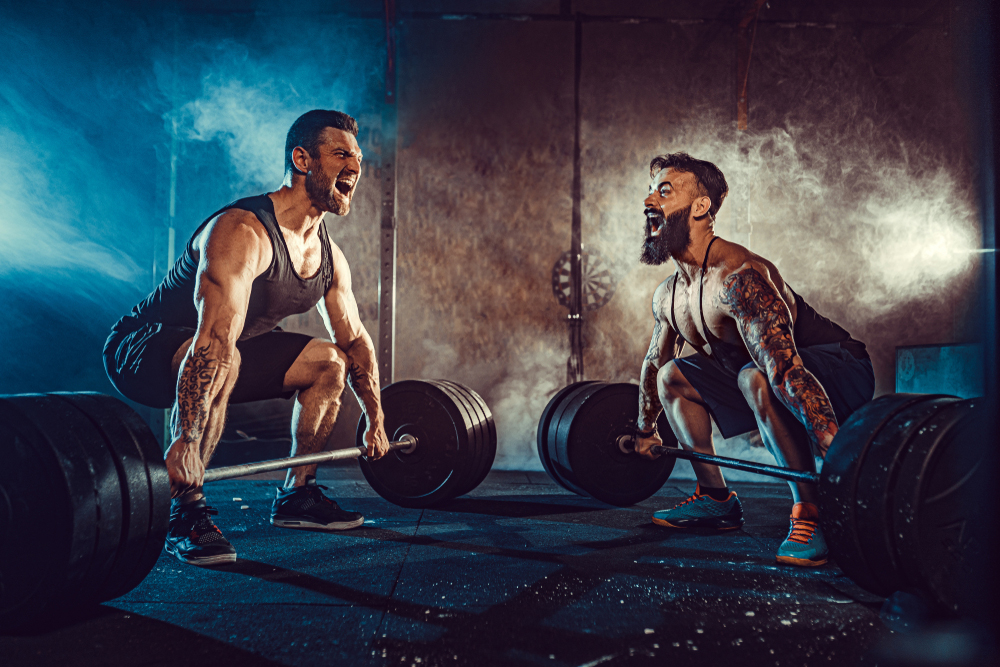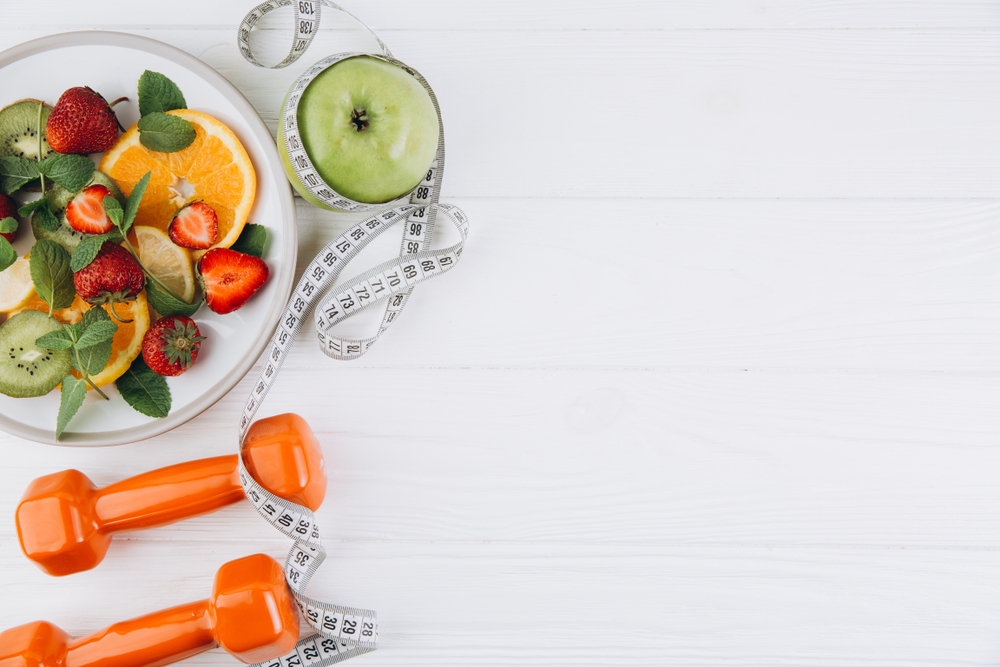MASS AND MUSCULAR VOLUME are terms frequently used in the gym, both by those who train there and by those who train them. They refer, in a general way, to the size of the muscles, which itself is the result of an adaptation phenomenon: "muscular hypertrophy",and are two different objectives.
However, when asked about the difference between the two, it is often vague and the two terms can sometimes be used without any real differentiation being discernible, so it is very easy to speak of one instead of the other.
The fact that they have muscle hypertrophy as a common denominator may contribute to the fact that the distinction between muscle volume and muscle mass is not always easy to understand.
What is the difference between mass and volume?
The answer, in order to make it a little clearer, is provided by both physiology and training.
Generally speaking, it is a development of the size of the muscles
used, but it must be noted that several things can develop distinctly in
the muscle and that several forms of hypertrophy must be considered:
The so-called "myofibrillar hypertrophy",which results in an increase in the number and size of the myofibrils that make up the muscle tissue and are responsible for contraction.
The so-called "sarcoplasmic hypertrophy",which represents the increase in the space occupied by the cytoplasm of the cell (called sarcoplasm in the case of the muscle cell) which surrounds each myofibril.
These two elements (myofibrils and sarcoplasm) represent quantitatively the bulk of what can develop in muscle. However, we can also add to this, even if it may seem comparatively negligible, the thickening of the tendons, fascias and aponeuroses and the increase in vascularisation and speak respectively of "connective hypertrophy" and "vascular hypertrophy".
The increase in muscle MASS is due to myofibrillar hypertrophy and the
increase in muscle VOLUME is due to sarcoplasmic hypertrophy.
It is therefore clear that, depending on the objectives and disciplines, when specific physical qualities are sought (strength, power, endurance or one of their combinations) while respecting an ideal body weight or wishing to remain in a weight category while improving these physical qualities, it will obviously be the gain in MASS that should be favoured.
For the general and visual improvement of muscular potential, as is the case in bodybuilding, the improvement of muscular VOLUME will be a priority. However, mass and volume remain closely linked because by judiciously planning the different training cycles and dosing them according to the results obtained, these two forms of hypertrophy can complement each other.
These different manifestations of hypertrophy are not obtained, technically speaking, in the same way and it is quite possible to put more emphasis on one or the other. Generally speaking and without wanting to go into detail :
- heavy work(75-90%) and certain modes of contraction will favour mass gain
- medium loads with slightly longer sets, (65-80%) and certain modes of contraction, will favour volume.
- long sets,or even very long sets will promote vascular hypertrophy.
- certain modes of contraction, such as plyometric and eccentric contractions, connective hypertrophy.



